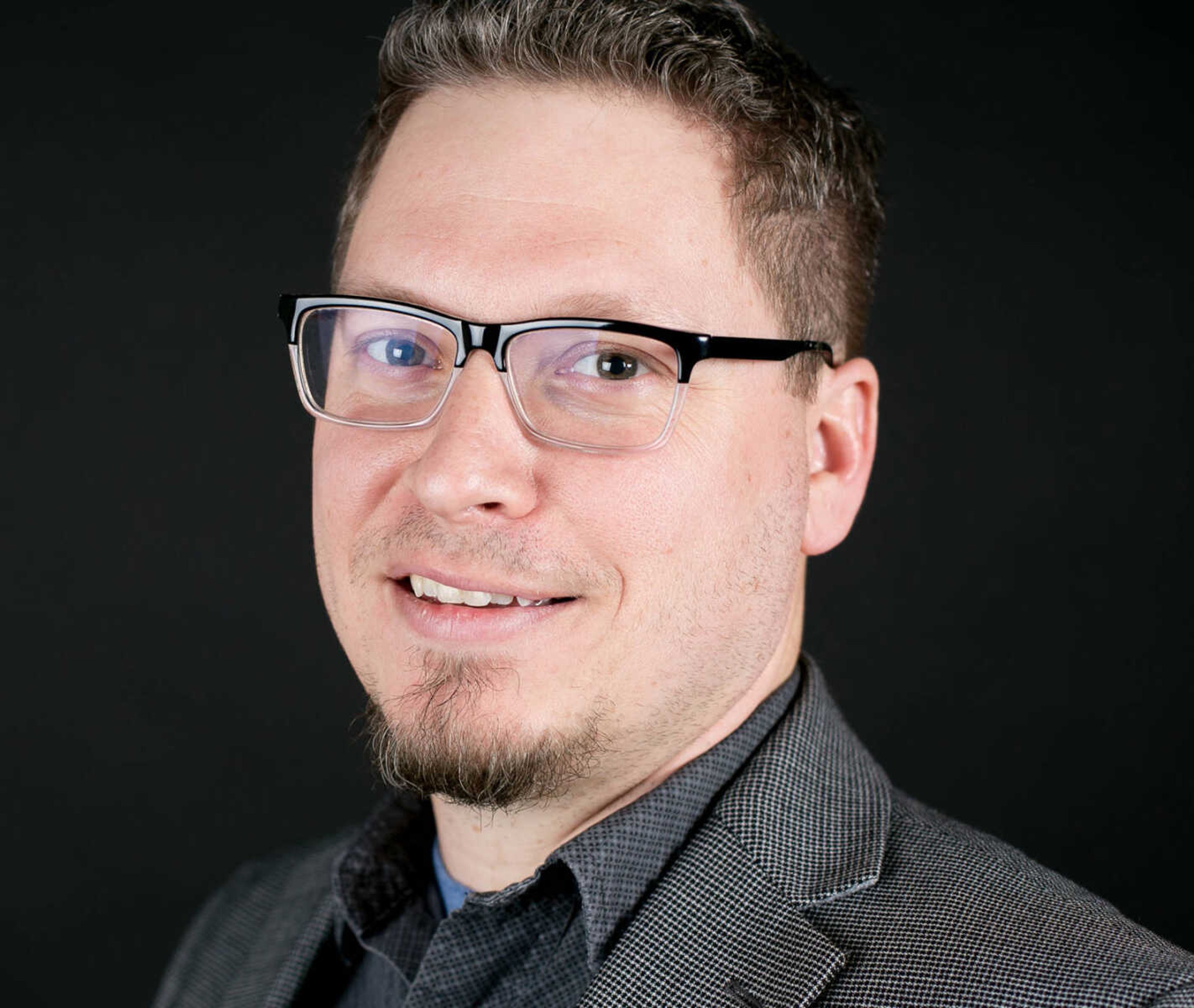BioKyowa employees face fears in Tough Mudder competition
OK, you’re gonna face some of your worst fears. Like water. Tight spaces. Water in tight spaces. Electric shock. Heights. You're going to test your endurance like you do when running a long race, but you might feel like this is some combination of Halloween night frights and army basic training — think of that show American Ninja Warrior with a twist of Ted Lasso and a dash of Fear Factor. It’s a spicy concoction of grit, cooperation and voluntary torture...
OK, you’re gonna face some of your worst fears. Like water. Tight spaces. Water in tight spaces. Electric shock. Heights.
You're going to test your endurance like you do when running a long race, but you might feel like this is some combination of Halloween night frights and army basic training — think of that show American Ninja Warrior with a twist of Ted Lasso and a dash of Fear Factor. It’s a spicy concoction of grit, cooperation and voluntary torture.
You’re going to run/walk through a 10-mile course. You’re going to trudge through the mud. You’re going to climb walls. You’re going to face physical challenges you’ve never faced before. You’re going to crawl under floating logs. Run up walls. And crash into watery pits.
You'll probably feel some cramps, probably get some bruises and a scrape or two. It's going to hurt.
And you’re going to do it all in front of your co-workers.
Sounds like fun? Twenty-one employees at BioKyowa thought so.
The biotechnology company put together a team that successfully completed a Tough Mudder competition in Madison, Illinois, in April.
The adult obstacle course provided quite a bonding event, say those who participated. Tough Mudder is built for those who like to face and overcome challenges. The company that runs the event doesn’t make it easy.
For those motivated by such challenges, Tough Mudder events come with another, and potentially more important challenge. To do it, you'll need to accept help and give it to others. Unlike a running, swimming or cycling endurance event, a Tough Mudder creates an atmosphere of cooperation. Everyone needs a hand. Everyone lends one.
That’s one of the things that makes it attractive for businesses to do as a team-building experience.
Missy Wunderlich, BioKyowa’s Tough Mudder Team Captain, had completed eight Tough Mudder events on her own before helping organize this one for her workplace.


“You learn a lot about other people when you’re out on the course, and it’s such an encouraging environment,” she said. “It’s going to suck, but you are part of a group helping you through things.”
Wunderlich said the event was completely voluntary. She was able to recruit several people to run the event as part of the team. The company paid for the entry fees at a discounted corporate rate.
Wunderlich said her plant manager, who had also run a couple of Tough Mudders, came into her office and asked if she thought they’d have enough interest to get a team going, and asked her to be the team captain.
“We had 21 people run. We only have 190 to 200 employees, so to have 21 people run was pretty big for us, so we had a lot of hype,” Wunderlich said.
Tough Mudder offers different course lengths. The BioKyowa team did the longest one, which was a 15K, nearly 10 miles. Wunderlich said the competition isn’t really judged by time for most participants. The challenge is to complete the course, which can take several hours.
“It’s based on team camaraderie, getting through it together. You need someone’s help to get through. It’s about going out there, being a team, and getting through it as a team,” Wunderlich said. “It’s rough and you have to encourage others along the way. When you’re done, you have this story you accomplished with someone else. I have pictures of co-workers I wouldn’t have otherwise. Now we have this bond with something outside of work. It definitely brought us closer together.”
Wunderlich said when you’re going through the extreme obstacle course, your body starts to hurt, and you push yourself to the max. Muscles start to cramp, and there you are, facing another obstacle, and you don’t know if you can make it. And then someone comes by, offers a hand to pull you up or pull you through the obstacle.
“I had the most amazing time of my life,” she said, after completing her first one several years ago.
BioKyowa quality assurance supervisor, Trey Boyer, agreed. Boyer works out regularly and wanted to push himself at the Tough Mudder.
He said he struggled with obstacles that required him to carry his body weight, such as monkey bars. He found himself dropping from those types of challenges into the water or mud below. Boyer said his most challenging obstacle was one that involved a net he had to climb through while submerged in water.
“You go on this net, and this is freezing cold water,” Boyer said. “It takes every bit out of you.”
He said when his body hit the water, his muscles contracted, and it was difficult to move through the net area.
He also said the electric shock events were more, well, shocking than he expected.
“I thought for sure the shock would feel itty-bitty like when you were a kid with a 9-volt battery or something. That first hit I got,” he said, pausing to chuckle, “it took everything in the world not to say some horrible words.”
One of the electric-shock challenges had participants crawling through 4 inches of water, with wires hanging directly above Boyer's head. When a person lifted up, as in an army crawl, they were shocked by 10,000 volts.
Boyer said he also liked the half-wall challenges, where the mudders ran up the wall, clinged to the top, then pulled themselves over the obstacle. The problem was, he said, those obstacles came many miles into the course, when he was simply too exhausted to do it by himself. That’s where his teammates came in to give him a hand.
Boyer said he did the race with several of his bosses. He said the work hierarchy quickly broke down, and it just became teammates helping each other through the course.
He said there were several funny moments, where someone would “fail” and cause six people to fall in the water.


“We would just laugh about it,” Boyer said, who wants to do another Tough Mudder.
Wunderlich said the Tough Mudder allows employees to see co-workers in a setting far outside of the workplace.
“So, there’s one guy I work with, we see each other every day at work, but I never would see him outside this facility ever,” Wunderlich said. “We caravanned up there, stayed in contact on the trip up there, had conversations we wouldn’t normally have; we took a ton of pictures on the course, and we had a lot of really good laughs. Now, since we’ve had that experience, the conversation has transitioned to ‘are we going to do this again?’ We got this bond. We’re in this together, and we always have that inside joke of something that happened on the course.”
Wunderlich said the group of 21 split into subgroups based on athletic ability. Two of the more elite athletes took off together, but the rest fell in groups that stayed together through the event.
She said everyone met after the event to have a few beers and swap stories about the misery they’d just overcome.
Pat Feeney, BioKyowa plant manager, had done two Tough Mudders before doing this one with the BioKyowa group. The plant had supported two Tough Mudders before this one, he said, but both of those had much lower participation. He credits Wunderlich for her ability to drum up more participants.
“I think it’s kind of nice to see employees in a different environment and see them challenged in a different way, totally,” Feeney said. “When you’re walking through the mud up to your chest, any differences you may have had throughout the week goes out the window. The event is very good at promoting a team-spirited concept. It’s nice to have those kinds of relations with co-workers when you’re challenged physically and mentally, as well.”
Feeney said April’s Tough Mudder was especially challenging due to the weather. It was cold and windy, and some of the first challenges involved getting wet. He said it was bitterly cold to begin the challenge.
“Overall, it was great,” he said. “Everybody connected back at the end, having lunch and a finisher beer, talking about the most memorable moments in their mind. Some were talking about being shocked. To some others, it was just the length of the course, doing a 15K and going the distance. Laughing and talking about the day was nice.”
Feeney said the point of the day for him was to remove the hierarchy of manager/employee from the equation and just have fun.
“I wanted everyone to get into the spirit of camaraderie. And I wanted them to enjoy it. I didn’t want them to think they can’t be themselves. But I love physical challenges, and work was the furthest thing from my mind,” Feeney said. “You learn a lot about each other when you do these things. Everyone has to step up, they’re totally out of their element. And some completely overcome a disadvantage through an obstacle. We all learn a lot about each other, things that you can’t learn at work.”
Connect with the Southeast Missourian Newsroom:
For corrections to this story or other insights for the editor, click here. To submit a letter to the editor, click here. To learn about the Southeast Missourian’s AI Policy, click here.







